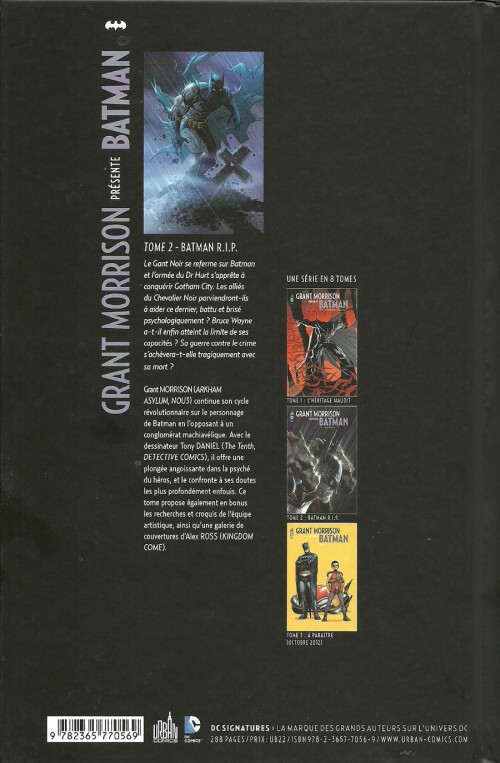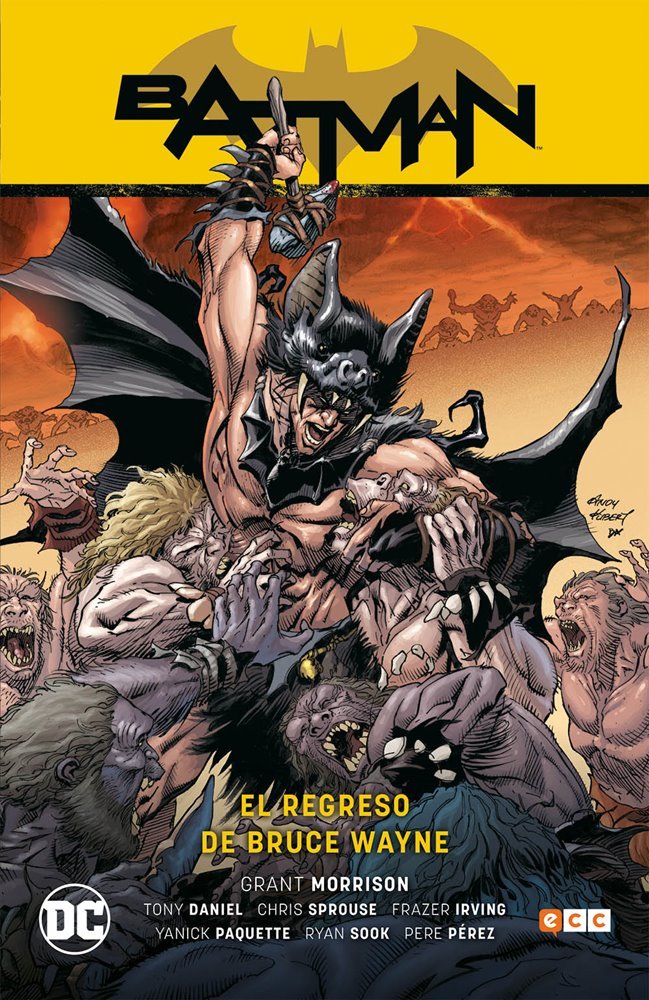

I’ve been accused of promoting a ‘BatGod’ interpretation, but I saw no other way than to acknowledge the superhuman accomplishments and longevity of the in-continuity Batman. Taking all that history into account, there could be no doubt that Batman was a startlingly competent, organized and resourceful figure. The Batman I came to write, in addition to being all the above was a Justice League member who helped fight and successfully overthrow alien dictators, anti-matter monsters and space gods. What kind of magnificent peak human would such a lifetime forge? All one man, it all happened, and not only that, but somehow he’d survived intact, without permanent injury and chronic pain! The same Bruce Wayne was once the wild weird figure of the night in the early stories, and the world’s best big brother and police deputy of the ‘40s and ‘50s and also the madcap Adam West Batman of the ‘60s as well as the sexy tec of the ‘70s and the traumatized soldier of the ‘90s. That diktat was very much at the forefront of the cogwheels of the mindmills of my wind as I decided to take Batman the superhero seriously – in all his incarnations, every version or interpretation over decades of that weird eternal youth/eternal heyday/eternal fall these franchise characters enjoy, was all one man’s biography.

I’d been told that traditionally Detective was the crime title while Batman was seen as the superhero book. So yes, the relatively clean slate provided an opportunity to bring Batman and Bruce to a more psychologically healthy ground zero than some previous portrayals of Batman as borderline unhinged, paranoid and humorless. Morrison: I’d laid the groundwork for my Batman in the 52 series where we go through the whole process with Bruce Wayne facing the 10-Eyed Men and undergoing the thogal ritual in Nanda Parbat to simulate the experience of death.

Coming off the events of 2005's Infinite Crisis crossover and the chaotic but critically acclaimed weekly series 52, Morrison was presented with a blank canvas on which they could present a radically different take on Batman. 2006's Batman #655 kicked off what eventually became a massive superhero epic spanning multiple titles and adding fundamental new characters and ideas to the franchise. But that proved to be anything but the case. Readers could have been forgiven for thinking Morrison had said all there is to be said about the Dark Knight by the end of the '90s. Morrison later made Batman a focal point of their critically acclaimed JLA series, a book that painted the Justice League as godlike beings defending humanity from threats across time and space. Early Bat-tales like Arkham Asylum: A Serious House on Serious Earth and Batman: Gothic helped cement Morrison as one of DC's rising stars in the early '90s. Morrison was certainly no stranger to Batman by the time they took the reins of DC's flagship series in 2006.


 0 kommentar(er)
0 kommentar(er)
